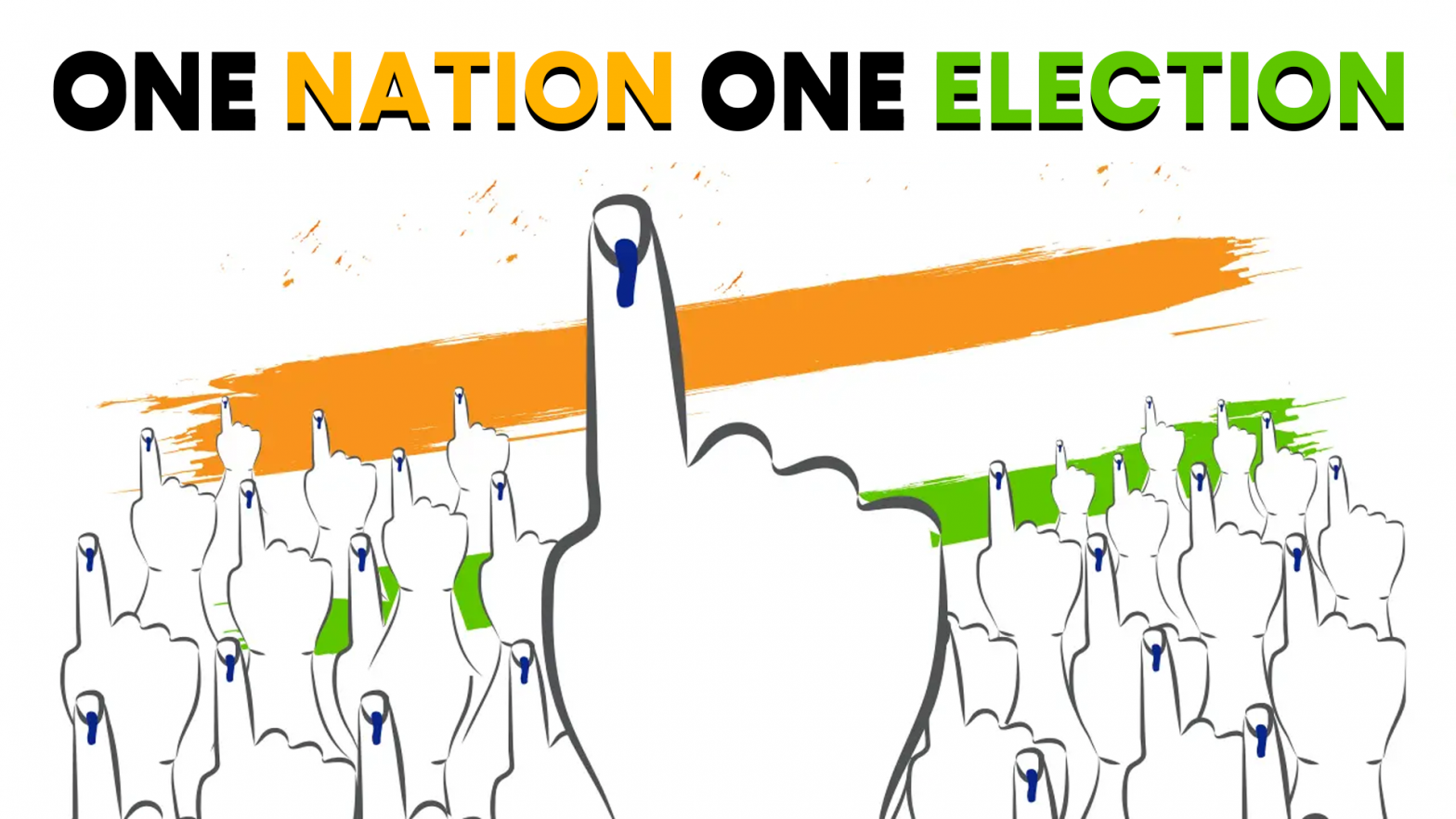The recent submission of the report on “One Nation, One Election” by the High-Level Committee (HLC) marks a pivotal moment in India’s democratic journey. Chaired by former President Ram Nath Kovind, the committee’s exhaustive consultations and research have culminated in a visionary proposal aimed at transforming India’s electoral landscape.
At its core, the concept of “One Nation, One Election” seeks to synchronize elections at the national, state, and local levels. This ambitious endeavour aims to streamline the electoral process, reduce administrative burdens, and promote governance efficiency. The HLC’s recommendations propose a two-step approach, starting with simultaneous elections for the Lok Sabha and State Legislative Assemblies, followed by the synchronization of municipal and panchayat elections within a hundred days of the general elections.
The rationale behind this proposal is compelling. By aligning election cycles, the government anticipates minimising disruptions to governance, curbing policy paralysis, and fostering economic growth. Moreover, the move towards simultaneous elections enjoys broad support, with a majority of political parties and citizens favouring the idea. This consensus underscores the widespread recognition of the benefits that “One Nation, One Election” could bring to India’s democratic system.
However, the road to implementing this ambitious reform is fraught with challenges. Constitutional amendments and legal frameworks will be necessary to operationalise the proposal effectively. Additionally, the logistics of coordinating elections across diverse states and regions present logistical hurdles that must be addressed with careful planning and coordination.
Despite these challenges, the potential benefits of “One Nation, One Election” are undeniable. Streamlining the electoral process could lead to significant cost savings, enhance political stability, and ensure a more focused and efficient governance structure. Moreover, the proposal aligns with historical precedents, harkening back to the early years of India’s democracy when simultaneous elections were the norm.
As the government considers the HLC’s recommendations, it is imperative to proceed with caution and diligence. The transition to “One Nation, One Election” must be accompanied by robust safeguards to protect the integrity of the electoral process and uphold democratic principles. Furthermore, stakeholder engagement and consensus-building efforts will be crucial in garnering support for this transformative reform.










